Redirecting to meditation.quest
Personal website for Terran Palmer-Angell
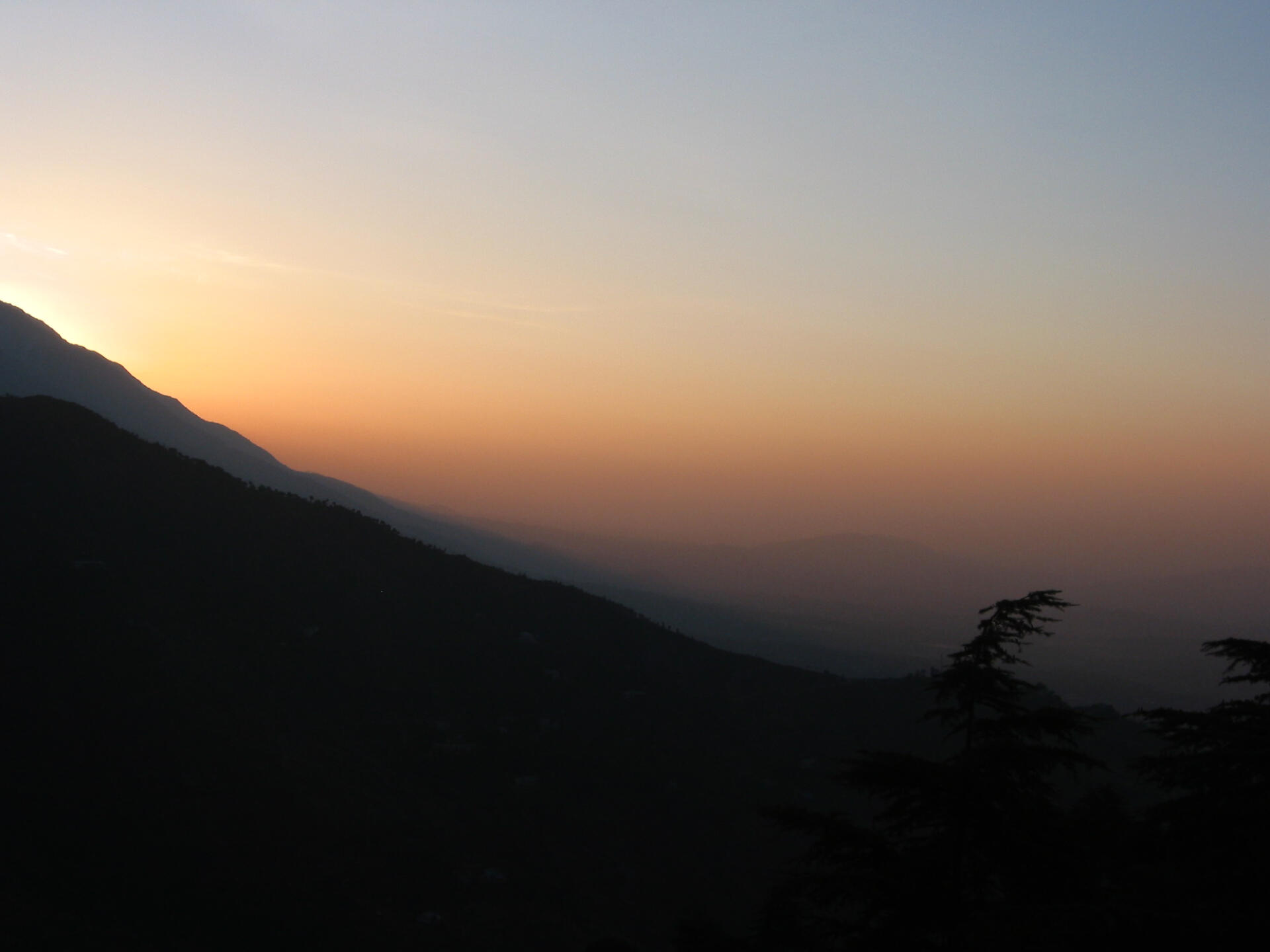
Path
Since participating in the Shamatha Project in 2007, I've dedicated my life to full-immersion meditation retreats, under the guidance of my teacher, Dr. B. Alan Wallace. I am currently in the midst of a three-year retreat, which will end in 2021. I plan to begin full-time practice at the Center for Contemplative Research when the current retreat is completed.
I've benefited a great deal from the years I've spent in full-time mind-training – and I've also clearly seen how the path can progress, and what would be possible if one could give their entire life to practice. That's why I've cleared away everything to make full-time meditation practice possible, for the remainder of my life.
Path Continued
My full-time training began when, in 2007, I was accepted into the Shamatha Project – a three-month meditation retreat that served as the first rigorous, long-term scientific study of meditation – led by my teacher, Dr. B. Alan Wallace. (You can read more about the Shamatha Project here. You can also read the many scientific papers that have been published from it here.)
After the conclusion of the study, Alan offered myself, and a few other practitioners, the opportunity to continue meditating full-time under his guidance, which is what I've done ever since. I've also been extremely blessed to have received personal guidance from H.E. Garchen Rinpoche (with whom I took refuge and vows) Ven Gyatrul Rinpoche, and H.H. Sakya Trizin Rinpoche – as well as attend teachings with H.H. The Dalai Lama, and Yangthang Rinpoche.
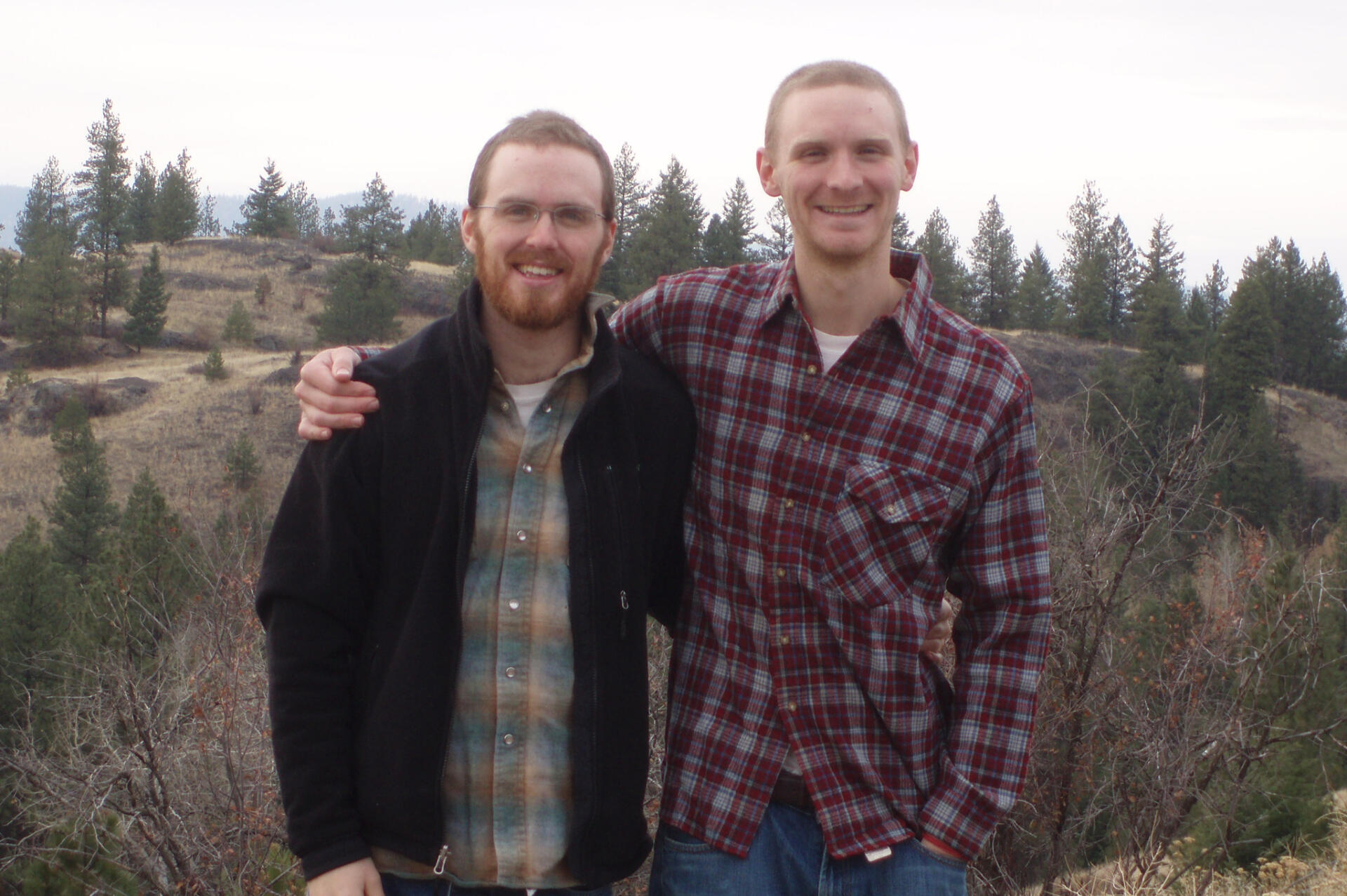
Above, with my brother and frequent retreatmate (left) at one of our retreat locations
Previously, as a student of mental training in the best academic department in the country, I saw that the individuals in our culture who contribute most to others are often the ones who've put the most into training their own minds. They alter the landscape of belief, as a result of pouring all their time and energy into testing the limits of human potential – much like the yogis in Tibet, Bhutan, and Nepal who've dedicated the entirety of their lives to high-level mental training, and are now collaborating with researchers. These kinds of individuals are frequently sought out by scientists who are working to understand how mental training works, and how trainable the mind might be.
In my case, I have a rare opportunity to contribute in this way, because throughout the course of my practice, a large amount of scientific data has been collected on me – starting when I had just a couple hundred hours of meditation training. During the Shamatha Project, researchers took everything from my blood and saliva, to EEG and cognitive measures.
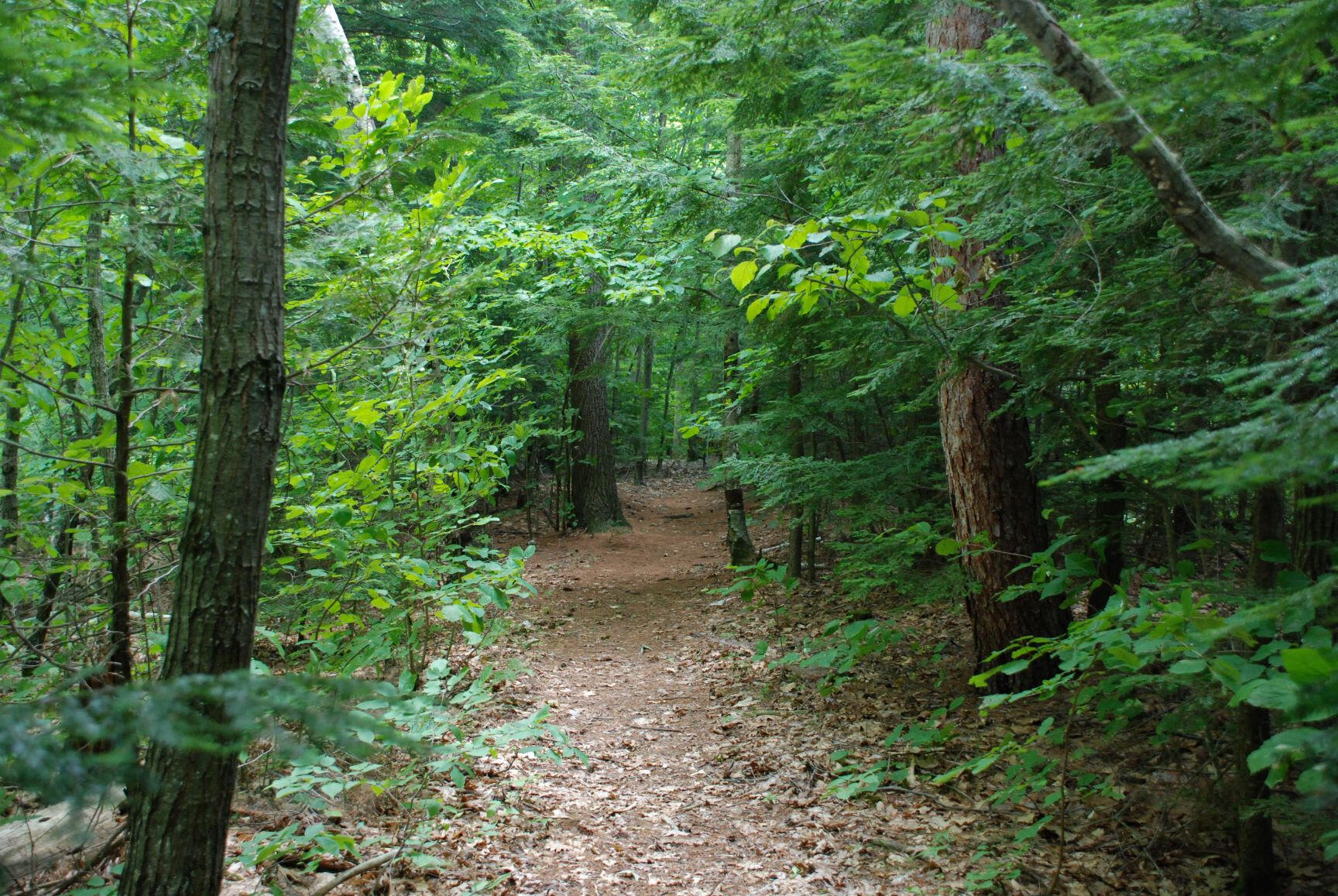
To my knowledge, I will be the first westerner who has dedicated their entire adult life to full-time meditation practice, while collaborating with well-trained scientists from the beginning stages of practice onward. My hope is that this aspect of my life may eventually, in some small way, make a contribution to our culture's understanding of what advanced meditation training has to offer – while at the same time helping to preserve some of the world's most well-developed systems of mental training.
Making genuine progress in these methods is the kind of work that moves slowly, in total immersion, over decades of effort – often through unexpected obstacles. To those from modern culture – for whom the fundamentals of contemplative practice are utterly foreign – practice is often accompanied by a mass of fundamental mistakes. At least, that is my experience. Progress is incredibly difficult, and I have no special talent with these methods – but I've seen what happens, again and again, when untalented people give themselves entirely to something, and don't give up. I've seen this in my own life, as well as in others' lives, in all kinds of disciplines. Beyond that, I've often seen some of the most talented people give up when things get tough. And things inevitably get tough.
I'd be very grateful for your support, through all the inevitable challenges – as well as the hard-won accomplishments. You make this life's work possible for me.
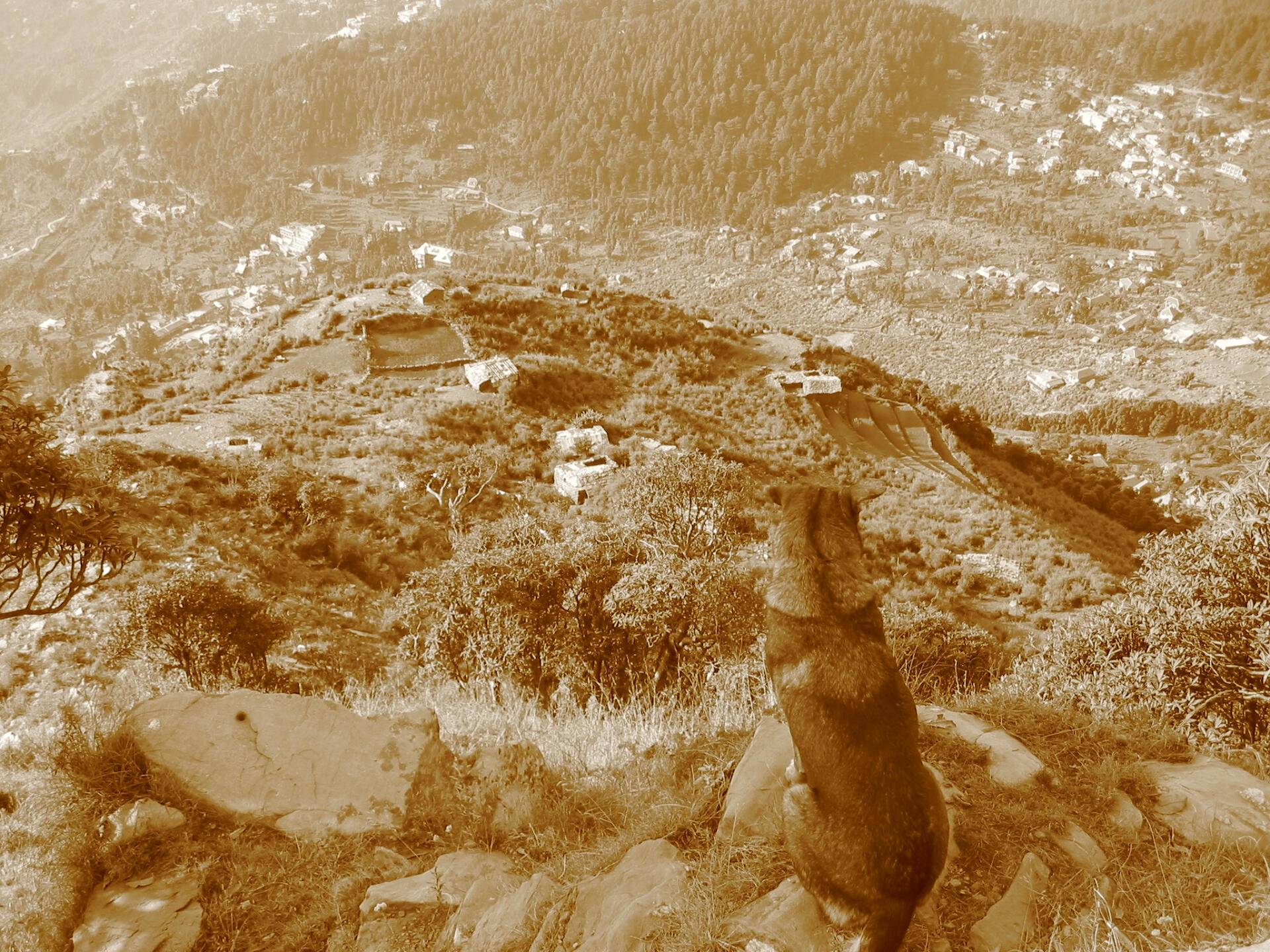
Story
Since childhood, I've been driven by an interest in understanding and training the mind. At every stage of life, this interest has dictated the course of my decision making, because I hoped it could help me find a lasting happiness and freedom that might benefit others.
Prior to beginning full-time meditation training, I finished an undergraduate degree at St. Lawrence University, completing two majors (Psychology and Religious Studies) and a minor (Asian studies – including a semester of field research in India, focused on the progression of meditation methods in Tibetan Buddhist paths to enlightenment.) My area of focus was in understanding systems for training the mind – both in contemplative traditions, and in modern psychology.
I was very fortunate to receive a full-scholarship to attend graduate school at Penn State, which was (and still is) consistently ranked the best department in the country for my area of study.
Story Continued
In 2004, towards the end of my time as an undergraduate, I asked Alan how I could most effectively contribute to his work and vision. He told me that if I wanted to participate in the ongoing collaboration between science and meditation, I could do one of two things: either dedicate myself full-time to meditation practice, or get a graduate education in psychology. In order to decide which road to take, I chose a Masters program that gave me the freedom to explore both.
I did my best to learn everything I could about the tools being used to research meditation – as well as improve my meditation practice. I also wanted to follow Alan's personal example, by working to gain an understanding of the state of modern philosophy, ethics, and human potential as understood by modern science.
I worked closely with two academic mentors, who very kindly supported me on all these interests: Dr. R. Scott Kretchmar (a long-time meditation practitioner, philosopher, and ethicist who had ongoing collaborative relationships with psychologists and psychophysiologists) and Dr. Semyon M. Slobounov – a psychophysiologist with a wide range of skills. Dr. Robert Eckhardt – a legendary researcher whose work has been published many times in Science and Nature – was also extremely generous with his time, fielding my questions about everything from the scientific method, to my research interests in meditation and human potential.
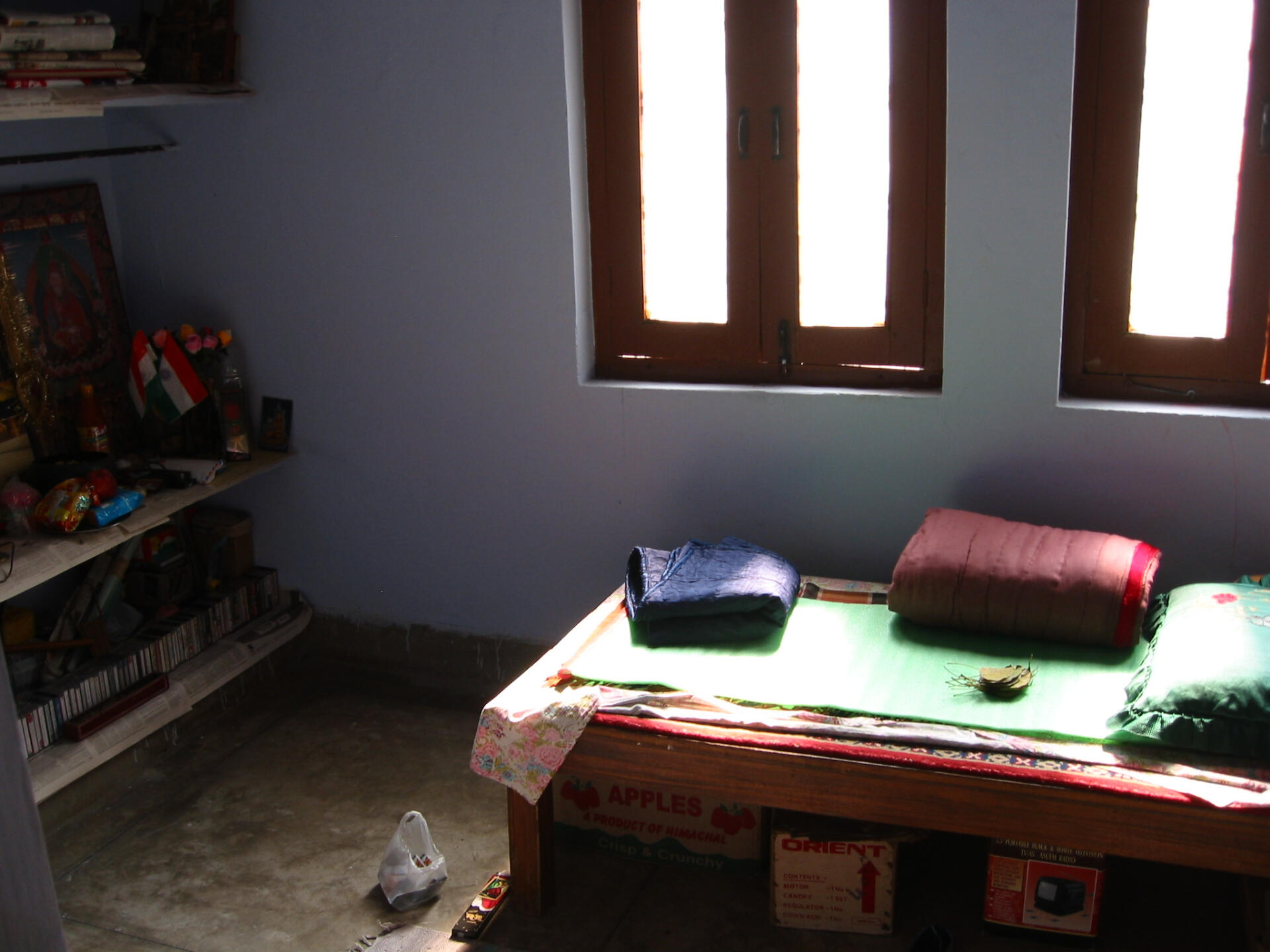
Above: Room in my first meditation teacher's home, where where I stayed for my first retreat --Sarnath, India
I was blessed to be able to work in three EEG Labs – one in the Psychology Department, one in the Kinesiology Department, and one focused on using EEG and Virtual Reality technology to help athletes with traumatic brain injuries. I was given a lot of freedom to pursue my own interests, and work towards understanding the limitations and potentials of the equipment. I spent time reading papers and collecting data, to try to get an idea of what meditative achievement might look like on EEG (an extension of my honors thesis, which used biofeedback for the same purpose.) At the suggestion of Dr. Clifford Saron, primary investigator for the Shamatha Project, I designed a prototype test for measuring subtlety of attention on the nostrils – meant to gauge a practitioner's skill in Mindfulness of Breathing.
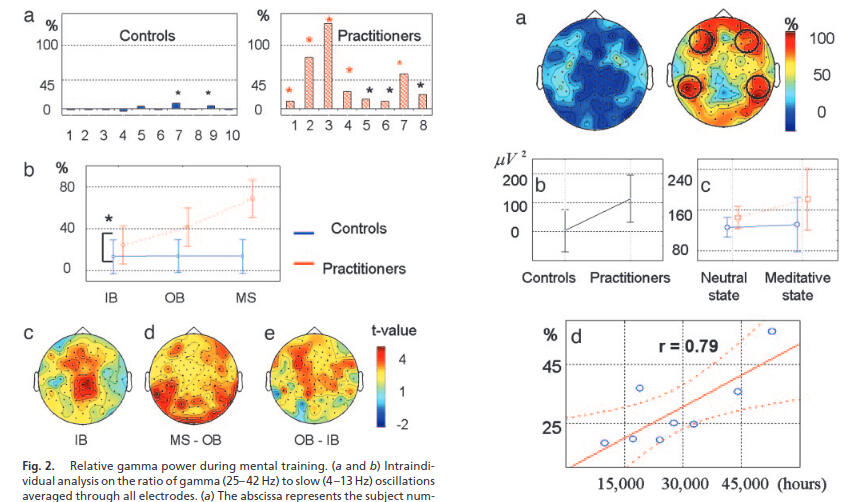
I spent a fair amount of time with images like the one above, from Lutz et al.
I was also very lucky to be able to train, for many hours each week, with a number of national and world-class athletes. I felt that serious athletics gave me an experiential medium for testing the effectiveness of my own mental training, and better understanding the connection between my mind and body. I also thought that high-level athletics provided a great arena for scientific research on the effects mental training, because they provide such clearly measurable, quantifiable outcomes.
During this time, in the midst of academic study and physical training, I worked up to three hours of meditation practice per day, under Lama Alan's guidance – in preparation for the 8-10 hours per day I would begin doing at the Shamatha Project.
Eventually, I graduated with a Masters of Science – having set aside my original plans, and some very kind offers from my mentors, to complete a PhD. I knew I wanted to focus on meditation full-time: it was clearly the most advanced, efficacious mental training system I'd ever encountered – and still is today
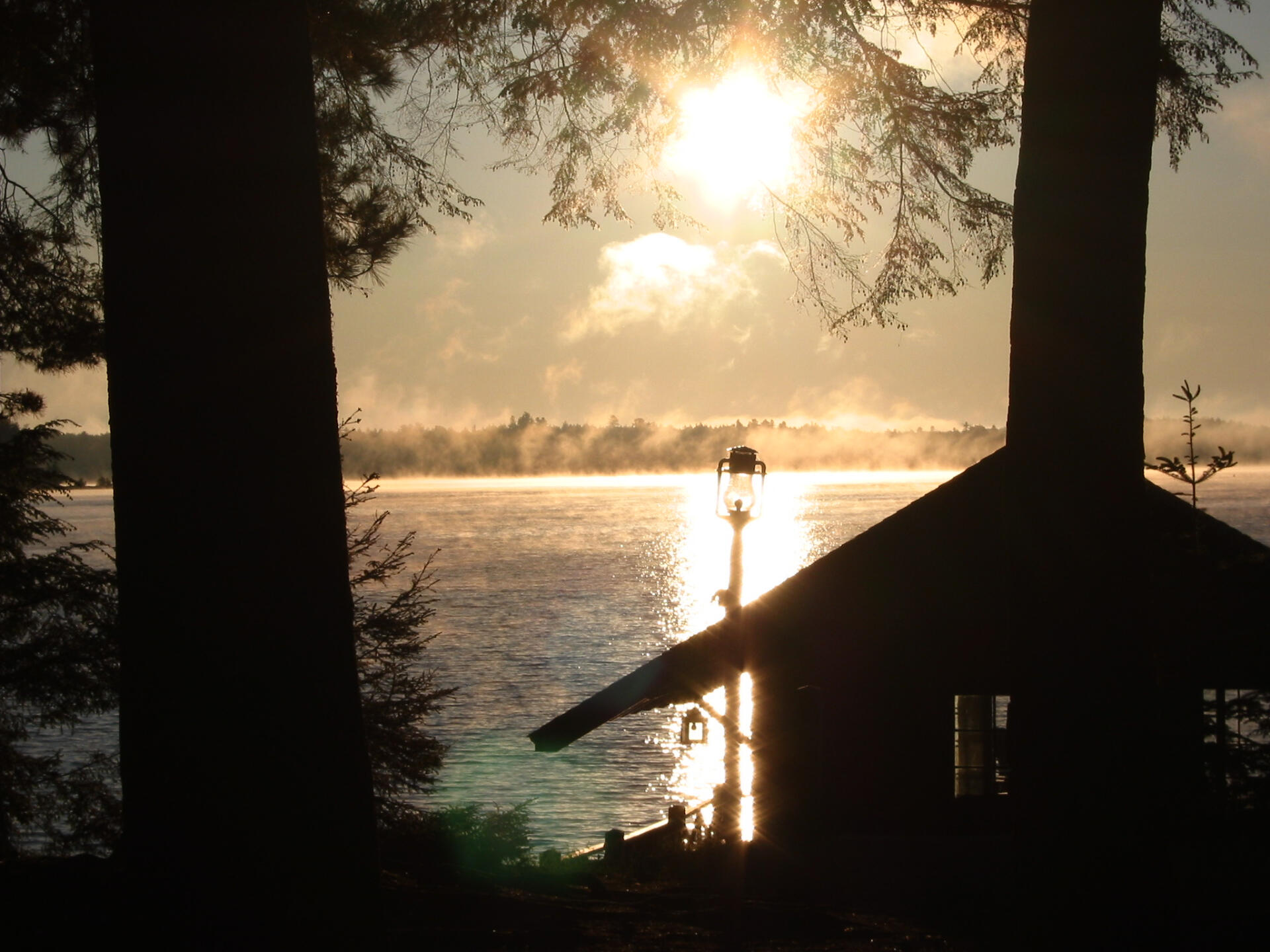
Donate
If you would like to make a monthly donation to help support my basic expenses, in a life of full-time meditation, please use the button below. You can also select a one-time donation, if you prefer. Donations are processed with the same secure, third-party payment system Amazon uses.
Thank you so much for your kind support – I'm profoundly grateful to be on this path with you.
I will send donors an annual email in April, with an update and heart-felt thanks. I'd also like to reach out and thank you personally for your donation (which may take some time, since I'm generally out of communication all but a few days in each year.)
*Donations are not tax-deductible, and are considered gifts for which no goods or services are received in return.
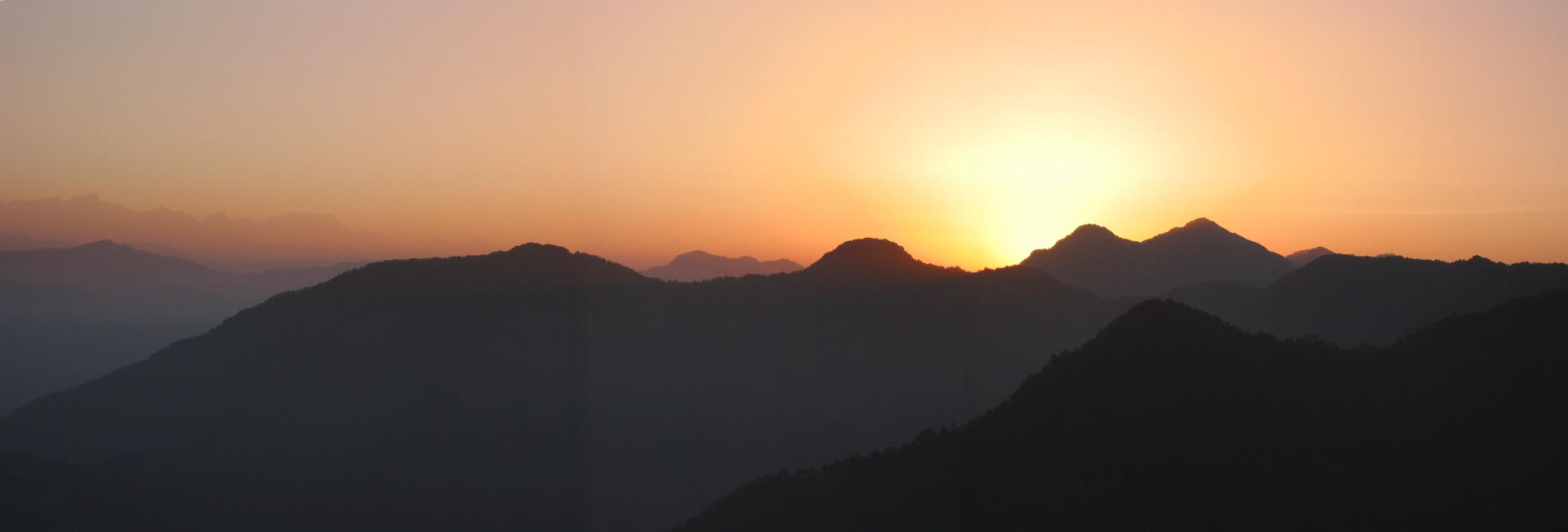
Resources
Here are a few of the most helpful, instructive, and inspiring resources I've encountered, in case they might be useful to you as well.
Audio/Video Teachings
◦ Q+A With Garchen Rinpoche – An opportunity to hear a question and answer session with one of the last living masters of old Tibet.
◦ Retreat on Shamatha, Vipashyana, and the Four Applications of Mindfulness – 8 Weeks of Retreat teachings based on the book Minding Closely, one of my favorite books by Alan, and the best intro to practice I know of.
◦ Teachings on A Spacious Path to Freedom: – Teachings from an 8 week retreat on one of the texts I refer to most frequently, and have found most helpful since 2005, when I first encountered it – available for free. (The text itself can be found here.)
◦ Alan Wallace Wisdom Online Courses – A whole library of fantastic courses on beginner, intermediate and advanced meditation practice and theory.
◦ SBI Media Library – A large archive of audio teachings from retreats (of varying lengths, up to 8 weeks.) Many of them are available for free download.
◦ Alan Wallace Mind and Super-Mind Lecture – An early lecture by Alan, laying out his interest in, and vision for, contemplative science. This talk was a major early influence on/inspiration for a number of the most serious practitioners I've gotten to know (link includes Powerpoint slides.)
◦ Matthieu Ricard interviewed by Krista Tippett – This interview was one of the earlier resources that helped some of my close friends and family understand what I was doing with my life. It's an interview with French Buddhist master and translator Matthieu Ricard. His PhD work in genetics was done with Nobel Prize winners. After graduating, he left his career in science to study and practice Tibetan Buddhism full-time, under Kangyur Rinpoche – and later become the personal assistant of H.H. Dilgo Khyentse Rinpoche, one of the greatest Buddhist masters and teachers of the 20th century. Krista Tippet speaks with him about his life and work.
Other Useful Resources:
Free Books/Texts
◦ Dhammapadda – A collection of core, pithy teachings of the Buddha, compiled in free-standing verses. This is the best free version I've been able to find. Edited by Bikkhu Bodhi.
◦ Bodhicharyavatara ("A Guide to the Bodhisattva Way of Life," or "The Way of the Bodhisattva") – The most taught and practiced text in Tibetan Buddhism. An older translation, but free. For a more recent translation that includes English versions of both the Sanskrit original, and the Tibetan, see the translation by B. Alan Wallace and Vessna A. Wallace
◦ Vissudhimagga ("The Path of Purification") – The most foundational commentary on the Buddha's teachings in the Theravada Tradition. Prosaic, technical, but accessible, it lays out the path to liberation according to early Buddhism.
◦ Archive of Gyatrul Rinpoche's Recent Teachings – Down-to-earth, straight-to-the point, no-holds-barred, delightful teachings for modern practitioners. Usually spoken by Rinpoche, and recorded/transcribed by his wonderful assistants.
◦ Dhammapada with Extensive Commentary – Includes the stories behind each verse, as well as helpful original language material and commentary.
◦ Access to Insight – A database of the most core Theravada Buddhist literature, available for free.
◦ Buddhanet – A massive database of Buddhist texts and teachings, all available for free download.
Other Useful Resources:
Science
◦Richard Davidson's Groundbreaking PNAS paper – A pioneering early study on the brain activity of meditators with 10,000-40,000 hours of training in advanced-level compassion practice. Collaborators included Antoine Lutz and Mathieu Ricard. The work behind this paper was discussed in some depth during Mind and Life Dialogues – which were some of the most significant scientific influences on the course of my life, from 2003 onward.
◦ Database of Papers published from the Shamatha Project
◦ Website for the Shamatha Project
◦ Cultivating Emotional Balance – A research-based training program, which is a combination of validated theory and methods from Paul/Eve Ekman's Psychology research, the broader field of modern Psychology, and classic meditation theory and practice that has been efficacious for millennia.
Other Useful Resources:
Organizations
◦ Santa Barbara Institute for Consciousness Studies – B. Alan Wallace's non-profit, dedicated to preservation of authentic contemplative traditions.
◦ Mind and Life – Research institute dedicated to fostering a mutually-beneficial union of science and contemplative wisdom.
◦ Wisdom Publications – a great place to purchase Dharma ebooks directly from the source
◦ Garchen Buddhist Institute – Garchen Rinpoche's center in Chino Valley, AZ. Hosts an ongoing stream of online and in-person teachings. Website includes a useful E-Library of resources that Rinpoche has used for teaching events.
◦ Buddhist Digital Resource Center – Organization dedicated to seeking out, preserving, organizing, and disseminating Buddhist literature. Most traditional Buddhist literature is rare, and exists on fragile paper, or other written forms. For a long time, the majority of it was in danger of being lost. The BDRC has preserved a massive amount of this literature in digital form. Because their archive is original language material, at this point it is most helpful for translators or those with Tibetan (and other) Language skills. I have not used it myself, but it's been incredibly helpful to the translators I've known. The BDRC does amazing work that I'm very grateful for.
Other Useful Resources:
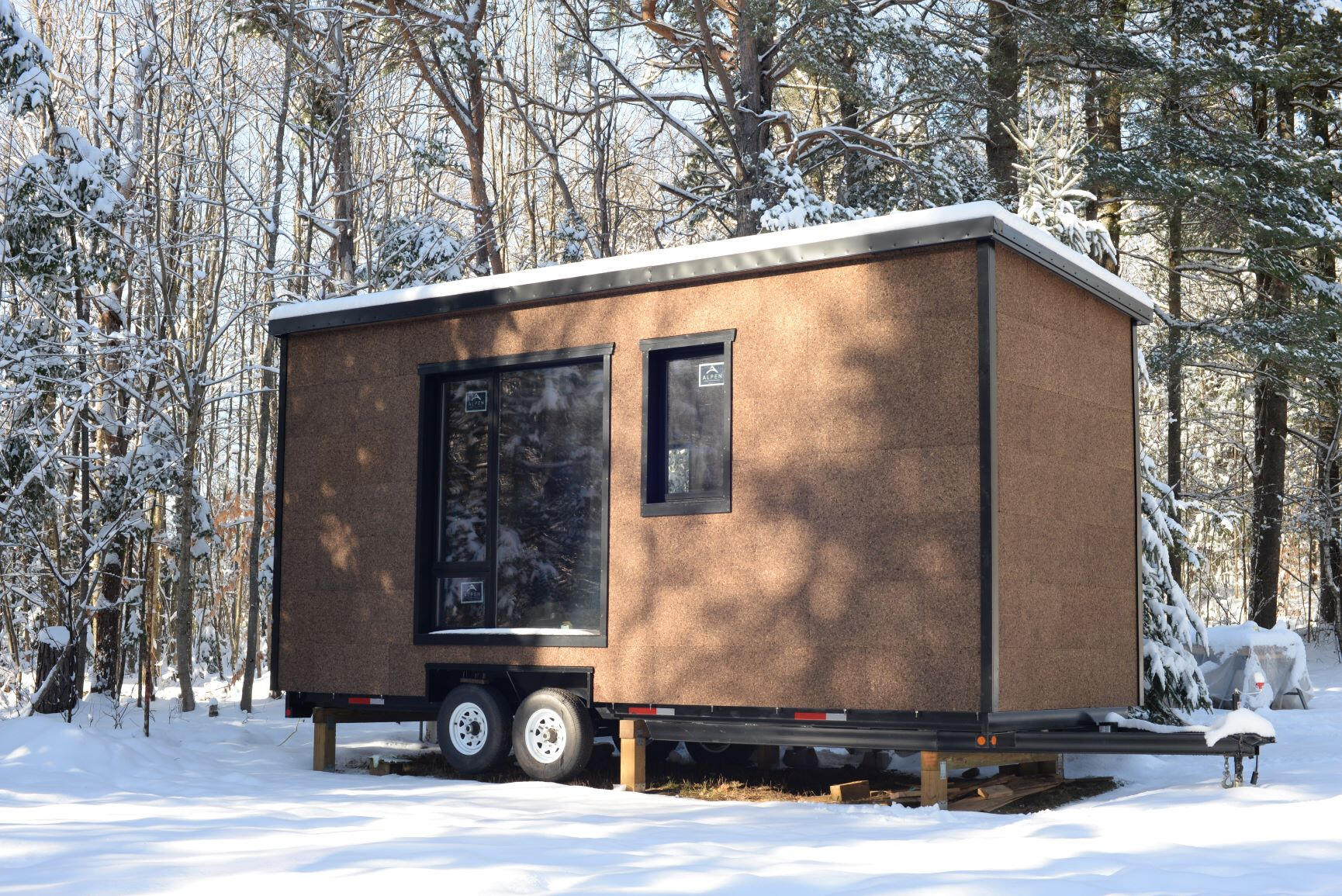
Cabin
I constructed a Passive-House-box-style mobile retreat cabin, simple but suited to the acoustic and spacial requirements of a serious shamatha retreat – with design considerations to ensure indoor air quality, in order to help with some health problems I have.
Cabin Continued
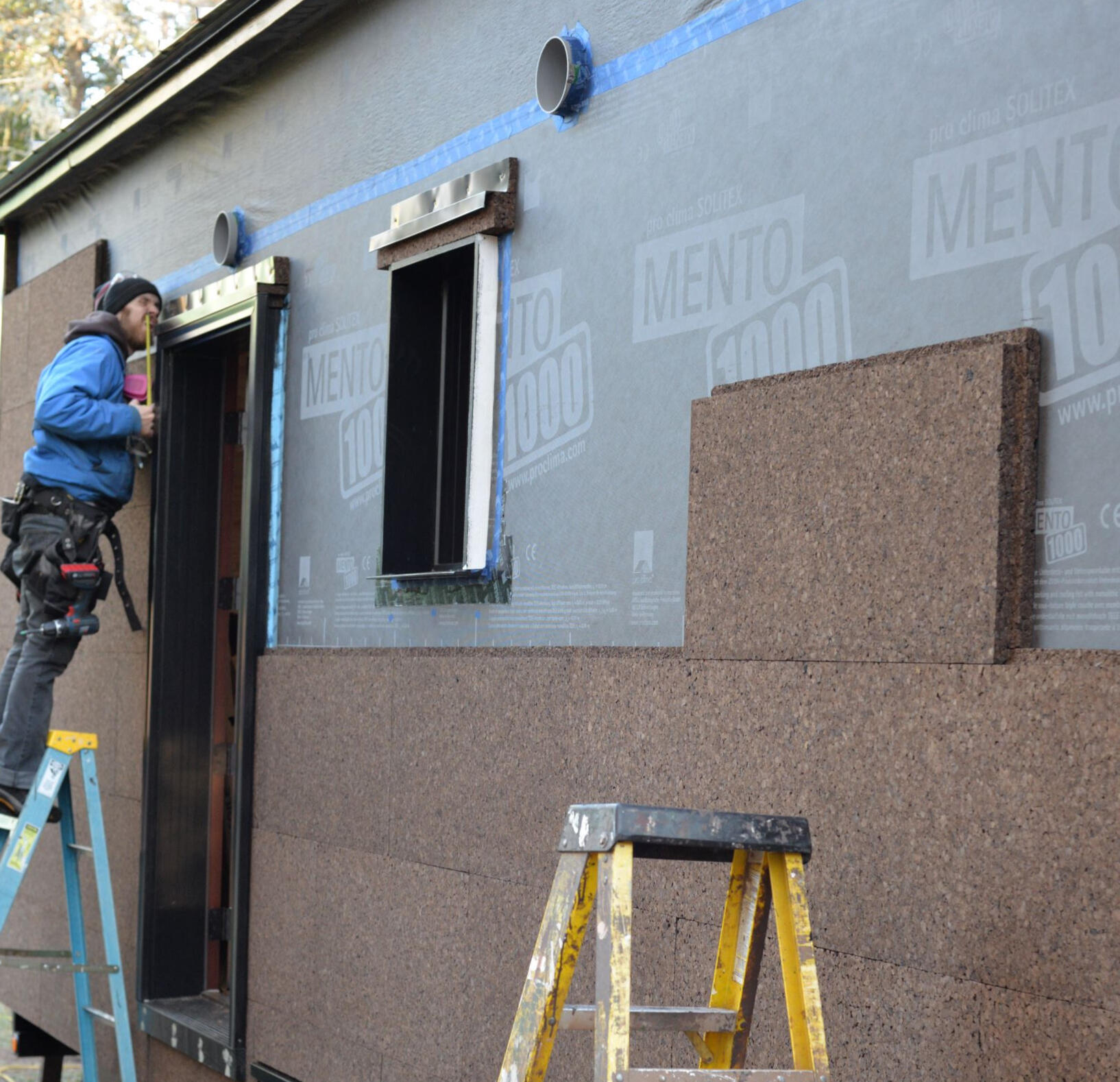
After meditating in a number of settings around the country, and practicing in different kinds of retreat buildings – some built or renovated by others and myself specifically for meditation – I constructed a mobile cabin, designed specifically for shamatha (attention training) meditation. The windows are quad-pane glass for efficiency and sound insulation. The walls, floor and roof structures are built with sound-studio-quality noise-dampening materials – and also meet Energy Star efficiency standards for the coldest regions of the continental United States (high R-value, tripple-air-sealed, draft-free, and fully thermally broken all-around.)
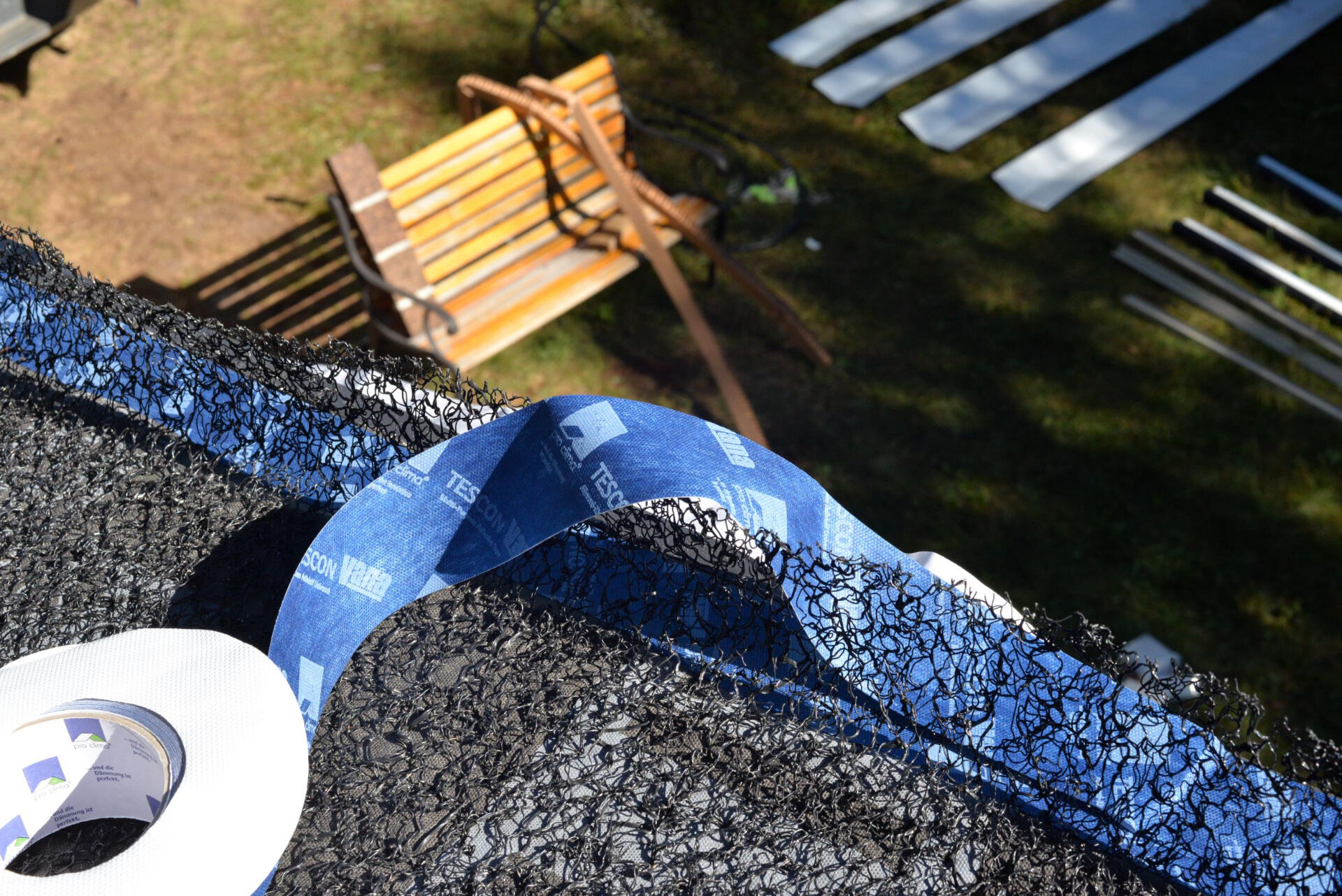
It is the first building of it's kind to have achieved these levels of insulation while remaining portable, and receiving a Certificate of Occupancy. I made sure every material that went into the structure was certified low-emissions for indoor health – and tested them all, to be sure they could maintain a high indoor-air quality over long days of sealed-off meditation. (From early-on in life, I've had some health problems that benefit from good indoor air quality.)
The design includes a ventilation system that provides high-efficiency fresh-air, via mini through-the-wall HRV units, made by Lunos.
You can read a brief overview of the project, published on 475 High Performance Building Supply's website here. The article includes a small gallery.
A more in-depth, technical description of the project is provided by Healthy Home Consulting here. There are more extensive galleries there as well, if you're interested.
Corinne Segura, the owner of Healthy Home Consulting, gives an extended introduction before the lengthy breakdown of the project begins.
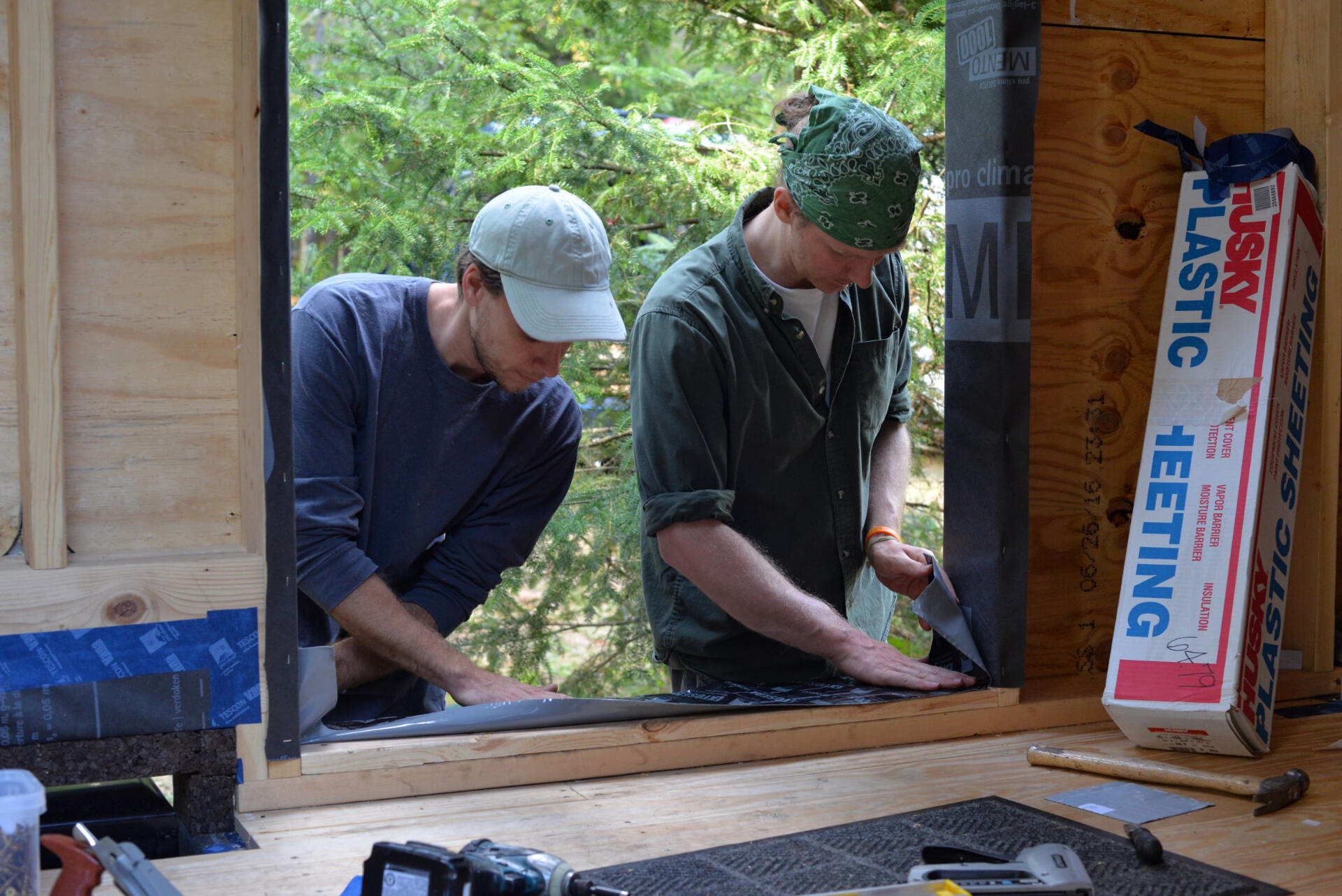
The cabin was entirely funded, and mostly built, through donations of time and money from kind people like you (thank you!) I can't express how much it has helped me. Previously, out of necessity, I had meditated in everything from mobile-home-closets, to tar-paper-shacks with plastic vapor-barrier interior walls, to rooms or houses covered in black mold. I was very fortunate to meditate in some pretty normal structures as well. However, I learned over time that serious meditation retreat can create some unique problems in conventionally built structures – especially very small structures.
I want to mention that I'm grateful to a number of companies and firms who made this project possible – not only through their wonderful products and technical support, but also through their incredibly kind and generous assistance with my learning process: